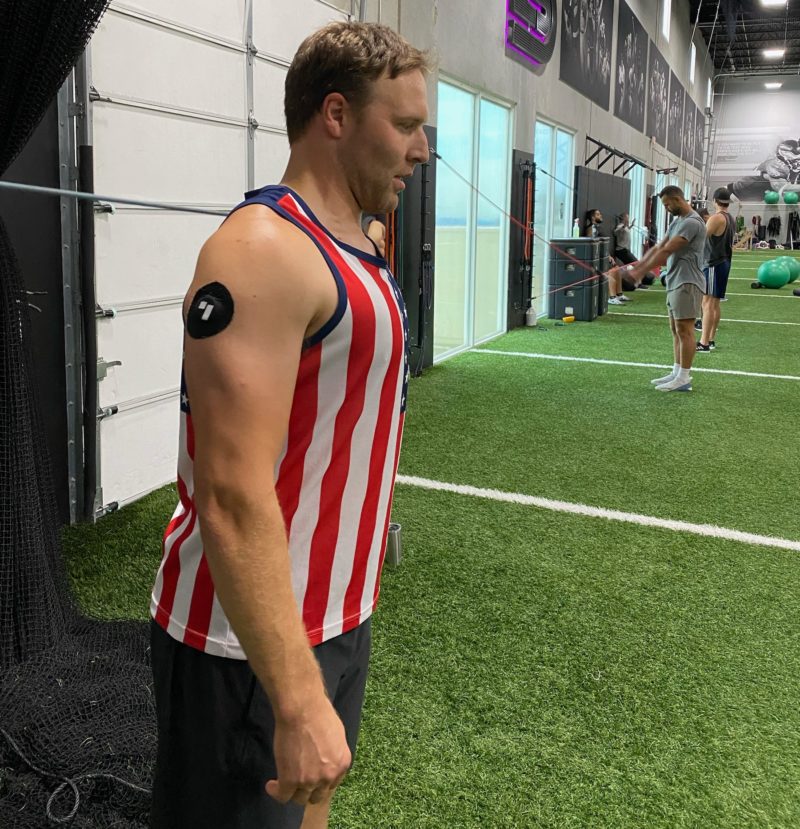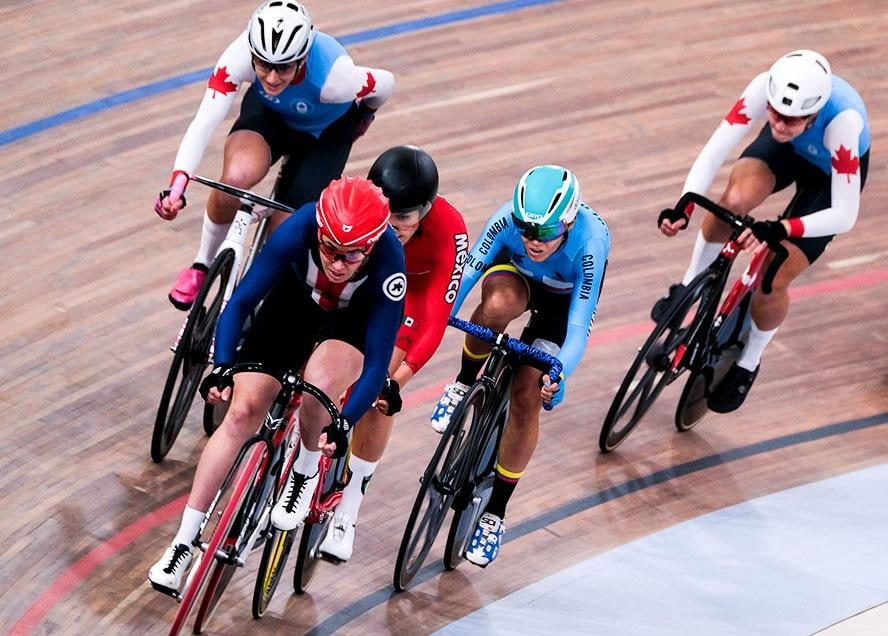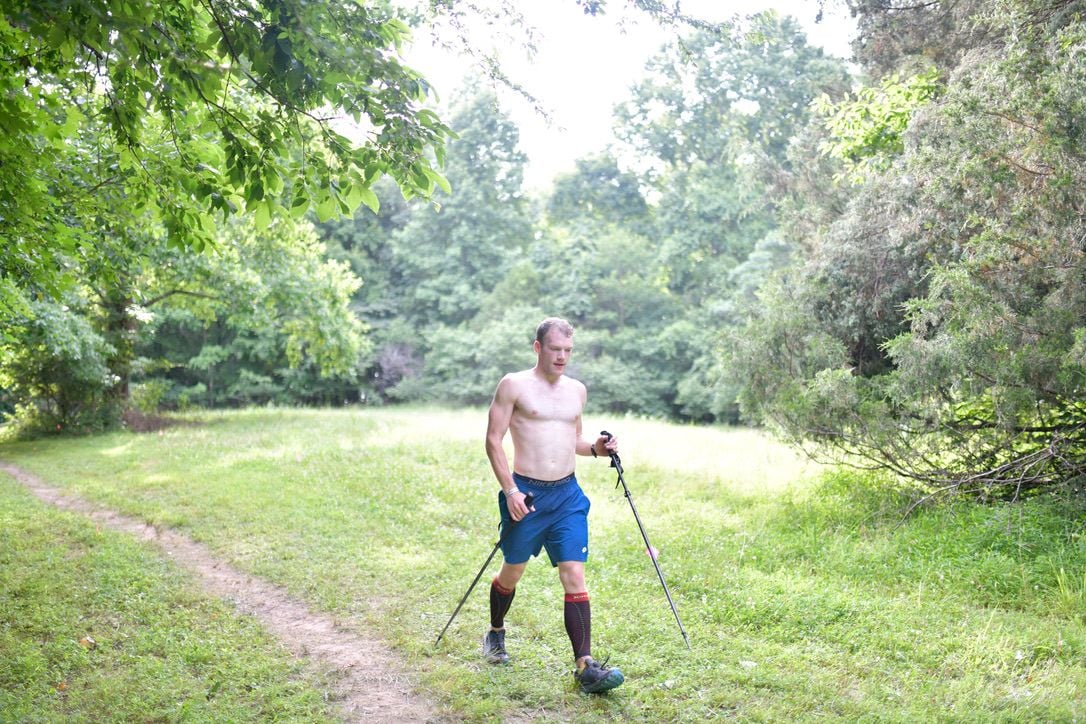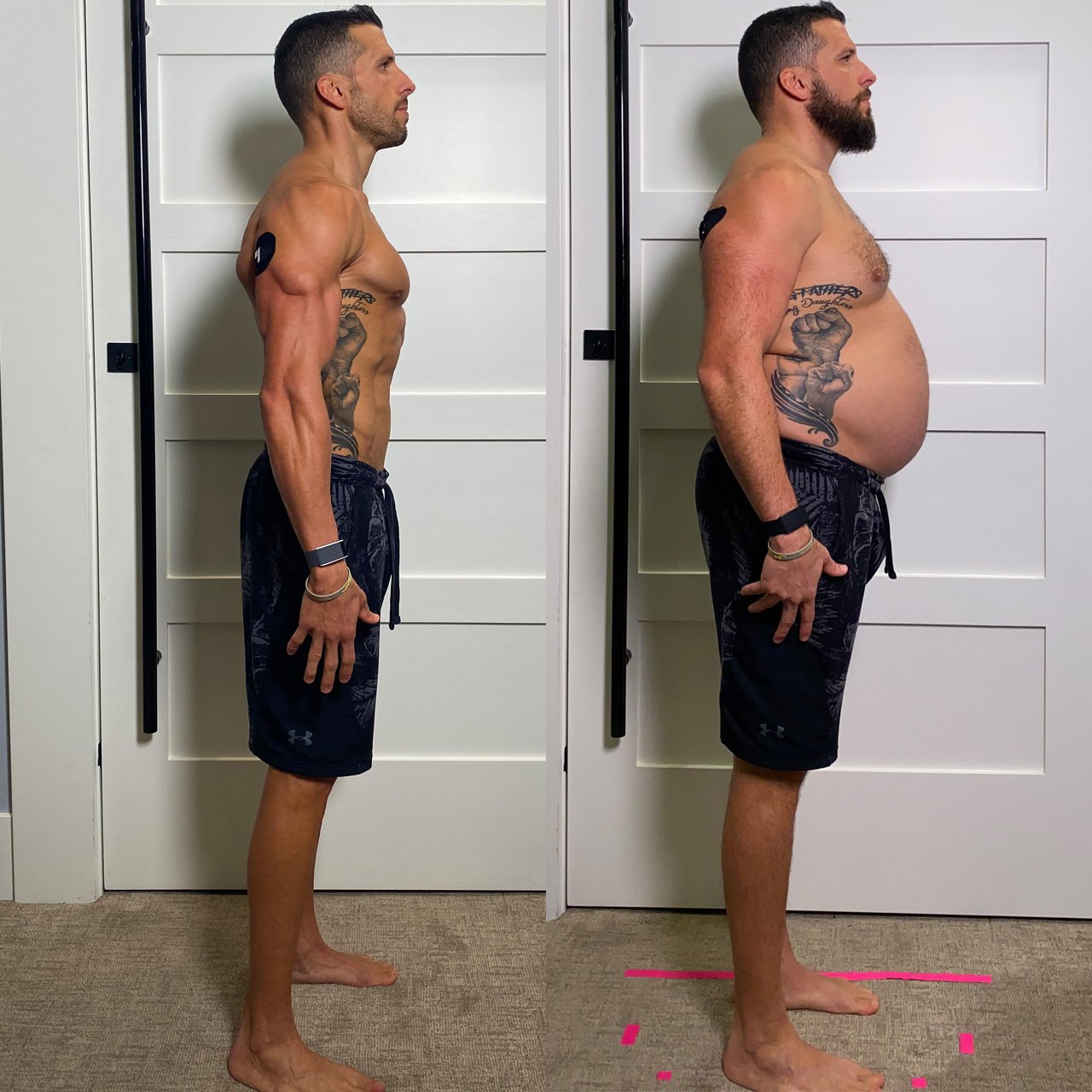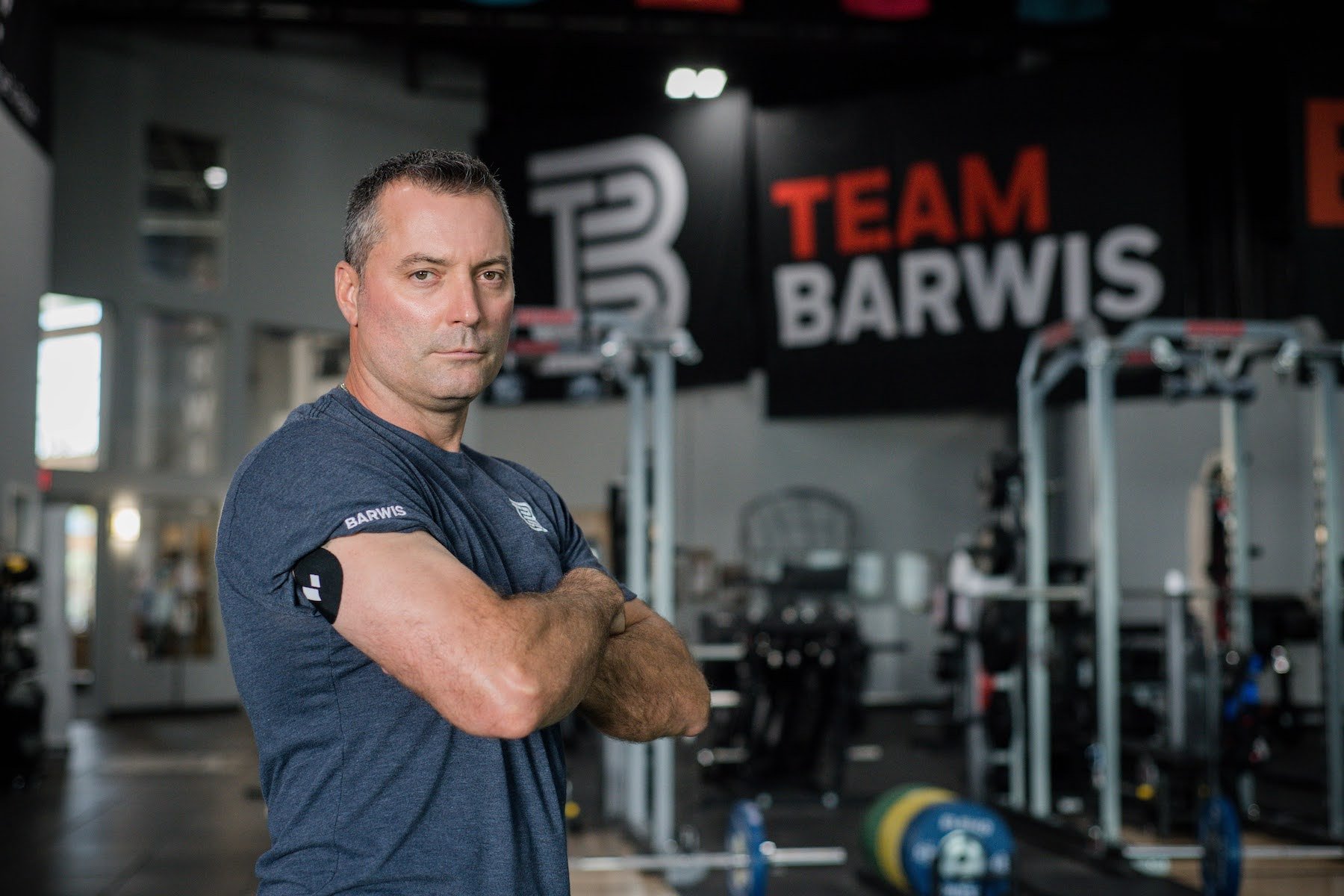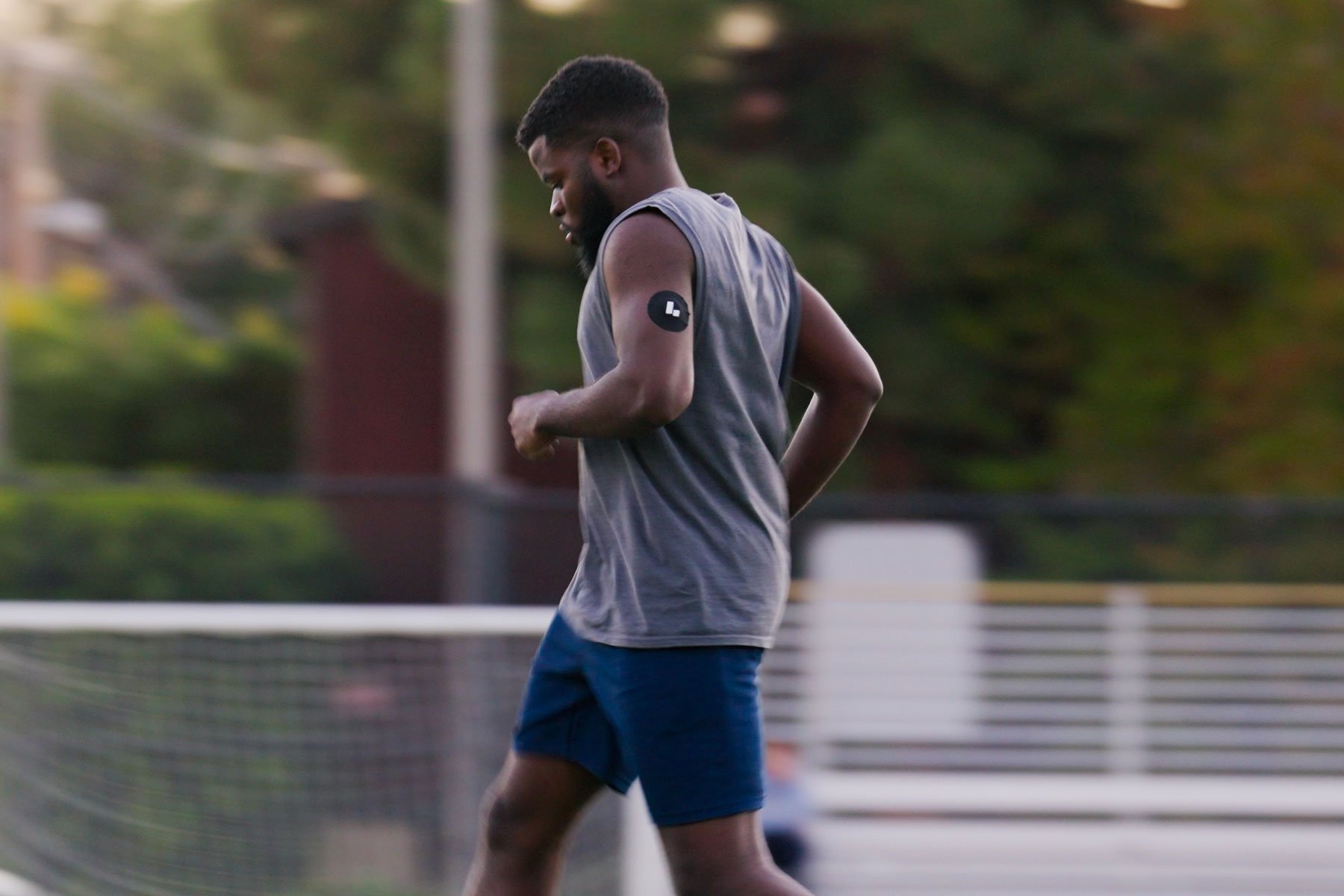It’s tempting to think that professional athletes have every aspect of their diet perfectly dialed in, but as New York Ranger defenseman and Olympic medalist Jack Johnson will attest, they struggle just like anyone else to find what best fuels their particular body. “I’ve had so many resources in terms of strength coaches, nutritionists and everything,” Johnson says. “This provides more knowledge about my body nutritionally than I’ve ever had before.”
Johnson was already highly mindful of his nutrition, eating a low sugar and carb diet, when he started using Levels last summer at the suggestion of trainer to the pros, Mike Barwis. Johnson quickly found out how valuable personal feedback can be. He cut out berries that spiked him and realized pasta—a previously forbidden food—worked as long as he had protein with it.
“I just learned so much for two weeks, every day. I started getting lean. My energy was consistent,” he says. “I always thought I was honing in nutritionally, but this is the first time I’ve seen a significant change, because I’m finding out what works for Jack.”
Here’s what Johnson had to say about getting addicted to the Levels experience, preparing for life after the NHL, and finding his go-to order at the ice cream shop.
On his early attempts to eat well as a professional athlete:
When I was young I was fairly small, so I just ate whatever I could, trying to get bigger and stronger. I didn’t start paying attention to nutrition until I turned pro, when I was 20 years old. I was around guys that were more health conscious, and I started to learn from them. But really I was just mimicking what they were doing.
When the whole gluten fad hit, I thought, “Hey, maybe something miraculous will happen to me if I go gluten free.” Nothing did. Then I tried going no carbs and no sugar. And that didn’t change anything for me. I didn’t feel like my performance really changed. I was just hungry all the time. I’d get to lunch and think, “There’s only so many salads I can eat every day,” and I’m just bored with it.
With something as extreme as no carbs and no sugar, I at least expected my body fat to drop to, like, three percent, and it never did. My wife would laugh and tell me, “You literally look no different.” And I’d think, “Well, that was a waste.” All I did was make life more difficult.
I realize now I was just playing a guessing game.
On discovering Levels in the off season through his trainer, Mike Barwis:
I approached Mike about the nutrition aspect of my summer training and he said, “Hey, you’ve got to try this. It’s awesome. Just eat what you normally eat, and you’re going to learn from there where to go.”
After a few weeks, Mike said to me, “You look a lot leaner than you normally do. How’s it going [with Levels]?” And I said, “It’s great. I mean, I’m addicted to it.” I’m scanning my arm every half hour. My wife would joke, “Are you taking another picture of your food?”
I think the best I ever felt was this summer, when I started monitoring my glucose level, because I could eat in a normal way, monitor my glucose level, and I see that I was in the green. I just found things that worked for me.
No two human beings are genetically built the same. We’re just not. And so what works for somebody, doesn’t work for someone else. This is the first tool I’ve seen that you can really find out what works for you.
Learn more:
On Levels opening up his food choices rather than restricting them:
I was told years ago that a lot of players switch to rice instead of pasta for their pregame meals because it was lighter, it didn’t have as many carbs. It’s supposed to be better for you. So that’s what I did.
After I started using Levels, I was at an Italian restaurant and it was my splurge meal, so I ordered chicken Francese over pasta. It was unbelievable. I must have had four or five pieces of it. I was checking my Levels app, and I just kept waiting for the spike, waiting for the spike. A couple hours went by and no spike. What I learned was that there was so much protein in that meal, my body leveled out the pasta.
“I feel like I’ve got so much more freedom to eat. By learning what doesn’t work for me, I’ve opened up so many more doors. I don’t have to worry as much, and feel like I’m limited to like five things on the menu.”
So last night we had a big family dinner, and there was a choice of chicken parm or salmon. Normally I’d be thinking, “Man, I can’t enjoy this dinner at all.” I’d grab my piece of salmon and sit at the end of the table, and everyone would look at me like, “What a weirdo.” But knowing what I know now about my body, I had a bowl of Alfredo, and a bunch of salmon to get my protein, and I never spiked.
Peanut butter was another big one. Apples and peanut butter are a main snack for me. I expected there to be enough sugar between the apples and the peanut butter for it to spike me, but the app would rate it as a zone score of nine [out of 10]. Now, there’s an ice cream place down the street we take the kids to on the weekends. So with this lesson in mind, I asked them, “Hey, do you guys put actual peanut butter in the milk shakes, or is it peanut butter flavored ice cream?” They said, “No, we put regular peanut butter in.” So I had them throw me a peanut butter milkshake, and my Levels reaction wasn’t terrible.
I feel like I’ve got so much more freedom to eat. By learning what doesn’t work for me, I’ve opened up so many more doors. I don’t have to worry as much, and feel like I’m limited to like five things on the menu.
On staying healthy after he retires:
This is something that’ll carry on way beyond playing pro. I mean, I’ve got a whole second half of my life to live after hockey, hopefully. And this is going to be a tool that I use for a healthy life. It’ll allow me not to stress out when I’m done playing, and think “Oh, man, I’m not burning as many calories. I can’t eat anything now.” No, I can still live a normal life.
On why anyone can benefit from Levels:
Dieting is hard for people because A, they don’t know any better—sometimes you don’t know what you don’t know. Or B, they just don’t want to. And having Levels would allow them to maybe open some doors that they didn’t think were possible. So you can still have a sandwich, because maybe wheat bread doesn’t affect you like you thought bread would. Still having those things in your life might be an easier segue into getting healthy than just eating broccoli and going to the gym every day.
As a professional athlete, a lot of my job is performance, so this is tied to it. But anybody who wants to feel better or look better could use it. That could be a school teacher, or someone who works a corporate job—anyone that feels sluggish during the day. The reward for feeling better and eating what’s good for you? There’s no measure on that for whether you’re an athlete or somebody else. I mean, that’s a quality of life that’s priceless.
